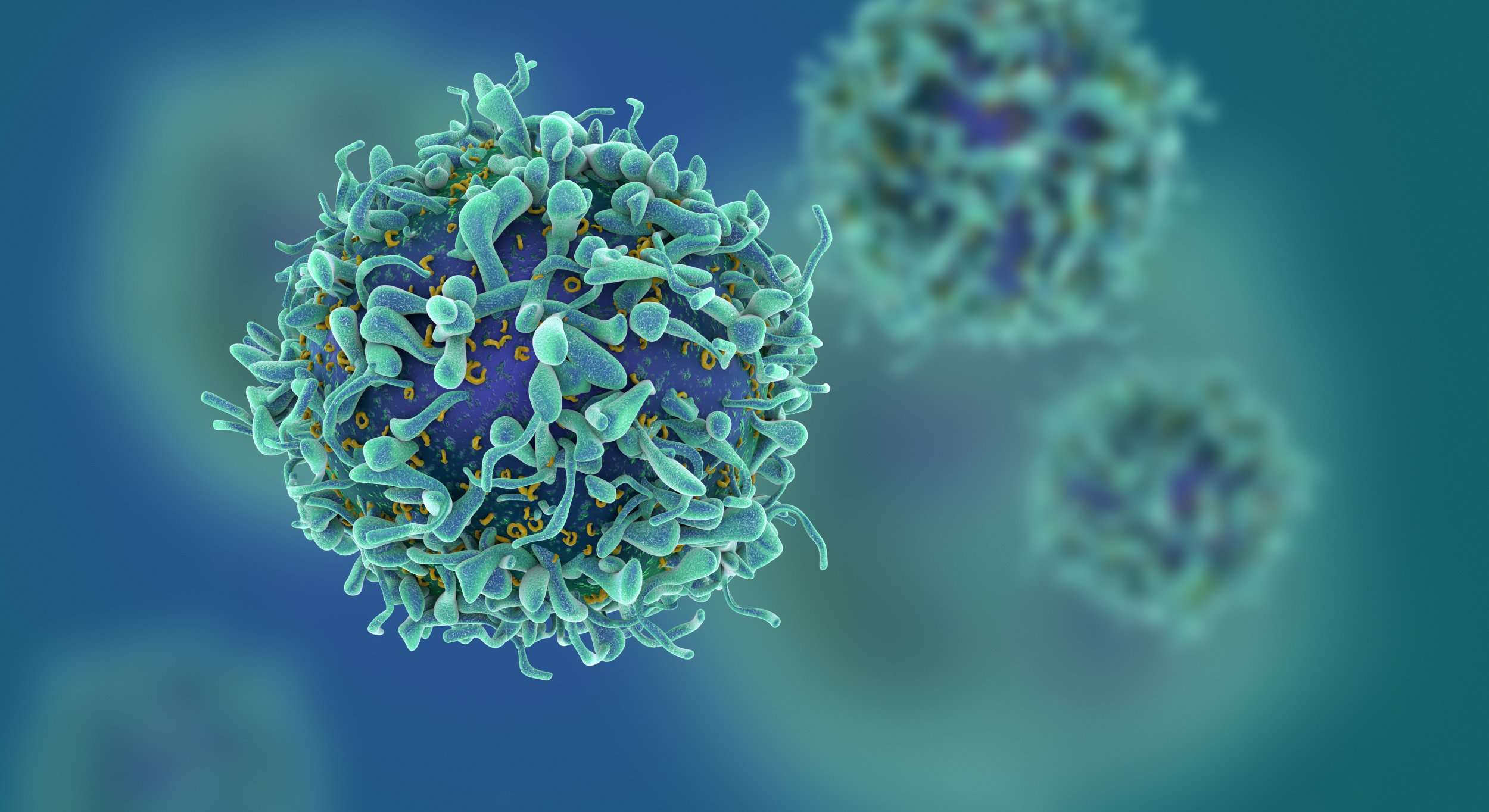
Residents in Australia's Northern Territory are being affected by an ancient virus that can lead to leukemia and lymphoma.
The rate of infection of human T-cell leukemia virus type 1, or HTLV-1, is surpassing 40 percent among adults in remote areas of the country, according to CNN. Indigenous communities are being hit the hardest.
Dr. Robert Gallo, co-founder and director of the Institute of Human Virology at the University of Maryland School of Medicine said that "the prevalence is off the charts" in Australia. Gallo's laboratory was the first to detect the virus in 1979.
The doctor claimed that little is being done to prevent, test or treat HTLV-1.
"There's little to almost no vaccine efforts, outside of some Japanese research," he told CNN. "So prevention by vaccine is wide open for research."
According to the National Institutes of Health (NIH), HTLV-1 affects T cells, a type of white blood cell, and is the first human retrovirus to be discovered. HTLV-1 is spread through blood contact, unprotected sex and from mother to child during birth or breastfeeding. It is considered a sexually transmitted infection.
HTLV-1, which is sometimes referred to as the cousin of HIV, can cause leukemia and lymphoma as well as a number of other diseases, including bronchiectasis, which damages the lung.
The virus is present in a number of countries, but there is an isolated cluster of cases in central Australia, where the current prevalence rate exceeds 40 percent.
"It's causing a problem of bronchiectasis. People are dying of bronchiectasis in association with HTLV-1 infection and what is the response? If you can't see a response, then you might say it's neglected," Dr. Graham Taylor, a clinician and professor at Imperial College London, told CNN. Taylor also leads the United Kingdom's HTLV clinical service at St. Mary's Hospital.
"The virus is neglected, and the disease that it causes are neglected," Taylor added.
A study published in 1993 found that HTLV-1 was endemic among indigenous people in central Australia. The town of Alice Springs was found to have a 13.9 percent prevalence rate for the virus.
According to the European Centre for Disease Prevention and Control, it is also found in parts of Japan, the Caribbean, Brazil, Peru, Colombia, French Guyana, as well as areas of intertropical Africa, parts of the Middle East, a region in Romania and an isolated cluster in Melanesia.
An estimated 20 million people are infected with HTLV-1, according to the NIH. Of those infected, approximately 90 percent remain asymptomatic carriers during their lifetimes.
Uncommon Knowledge
Newsweek is committed to challenging conventional wisdom and finding connections in the search for common ground.
Newsweek is committed to challenging conventional wisdom and finding connections in the search for common ground.
About the writer
Nicole Rojas is a Breaking News Reporter for Newsweek. Nicole previously worked at International Business Times UK, where she covered breaking ... Read more
To read how Newsweek uses AI as a newsroom tool, Click here.








